

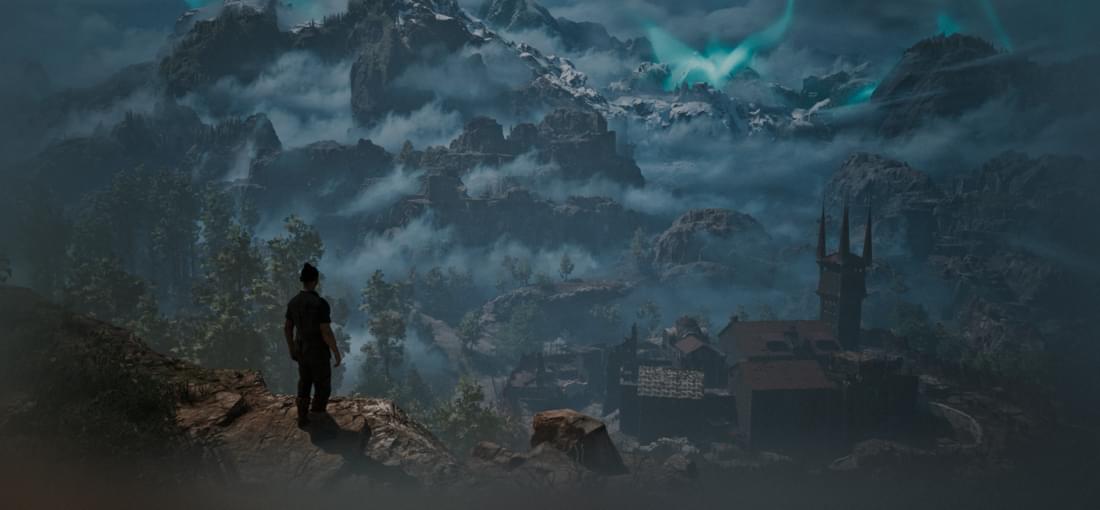
Clunky but significantly better than I expected. It really captures the feel of the original Gothic. The world feels more dense and vertical than sprawling and boring. Every action - be that traversal, combat, or crafting - feels methodical and rewards planning (like taking high ground with a bow or kiting enemies). The updated visuals don't seem cutting edge, but the artstyle works and it's coupled with the awesome classic soundtrack. Gothic always had pretty sedate pacing, so I just hope they find a good balance between the smoother, faster gameplay and the new mechanics or content. As it stands, and having only recently played through the Gothic Nintendo Switch port, I'd be willing to tackle a third playthrough with the Gothic 1 Remake.
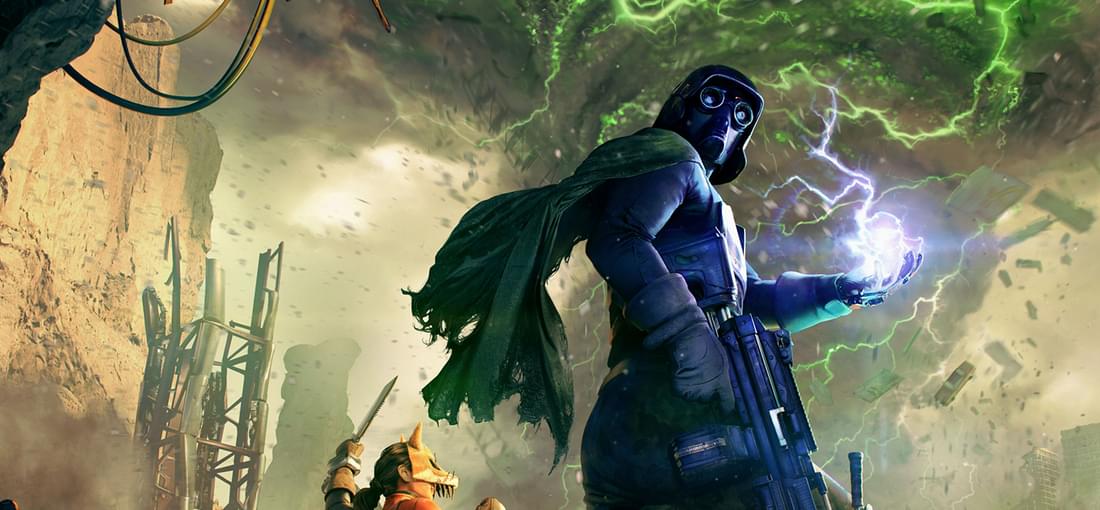
Disclosure: I got a review code for Encased but wanted to drop this on my preferred platform. Encased: A Sci-Fi Post-Apocalyptic has a few minor issues that add up over time but fans of the CRPG genre are still in for a treat. The alternate history world, central mystery, divergent narrative, skill- and choice-driven gameplay, and stylish presentation make it a great examples of a modern CRPG. At worst, you could argue it sticks a little too close to its inspirations and doesn't offer many few novel features, but CRPGs are hardly a crowded genre. As such, new setting to explore, using classic mechanics, still makes for a solid game. The good: - Deep character creation with immediate and long-term repercussions - Complex, interconnected gameplay systems that ensure there are always several ways to progress (even if you kill everyone!) - A divergent narrative that can see you unite the factions, side with one, or destroy them all - Solid visuals, great atmosphere, and an amazing soundtrack The bad: - Stays true to its inspirations with few novel features - Several minor gripes (think clunky menus, bloated crafting, limited gear variety) add up over time Full opinion in a written review - [https://gameblur.net/reviews/encased-a-sci-fi-post-apocalyptic-rpg-pc-review/] And the video review of that - [https://www.youtube.com/watch?v=i3A98hiAaGM&ab_channel=gameblur]
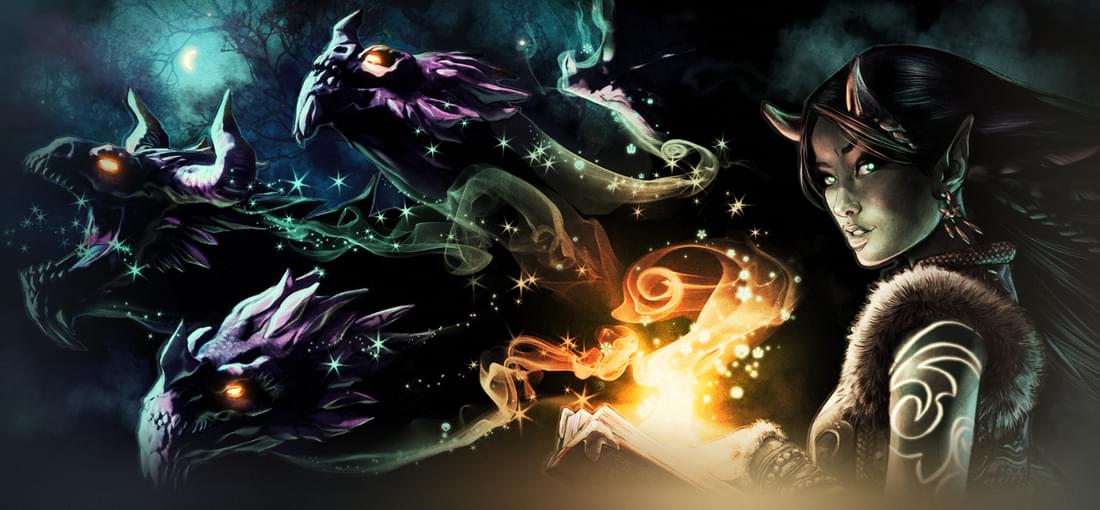
I initially played this through the Windows 10 store at launch. Despite preferring the real-time combat of games like Grimrock and Vaporum, this is a fantastic dungeon-crawler with tactical turn-based combat (requiring careful target prioritising if you don't want to be wiped quickly), plenty of character customisation, loot and gear, and most importantly, puzzles everywhere. They're not always required to complete the story but if you want the best loot, you're going to need to use your brain. The core gameplay sticks close to the classic dungeon crawler formula - bob around grid by grid, flick switches, loot chests, fight monsters, and ultimately tackle the boss of each lengthy act. There's very little pixel-hunting and it's more a case of solving standalone puzzles or linking initially unrelated objects/switches. As you progress and your party grows, you get new skills that open up new routes and unlock further secrets. If I have any qualms, it's that you'll need trudge around the early levels again after picking up items much, much later - something that'll annoy completionists wanting to clear out each chapter on the first go. Turn-based combat relies on syncing different skills, damage types, buffs and debuffs, and the turn-order is always visible so you can plan your actions accordingly. The opening hours can feel a little underwhelming until you unlock new abilities, but things really ramp up from the midway point. There's plenty of satisfaction when you set up a perfect sequence of moves that wraps up the fight in one or two turns. Shifting party members around is essential but thankfully everyone gains XP, in or out of combat. Finally, the game looks and sounds incredible, with decent writing and great voice acting. It's typical European-style fantasy, but the narration and party-banter occur often enough that it'll keep you informed and pushing forward. That this game comes from Zen Studios - of pinball fame - is both unexpected and incredible.
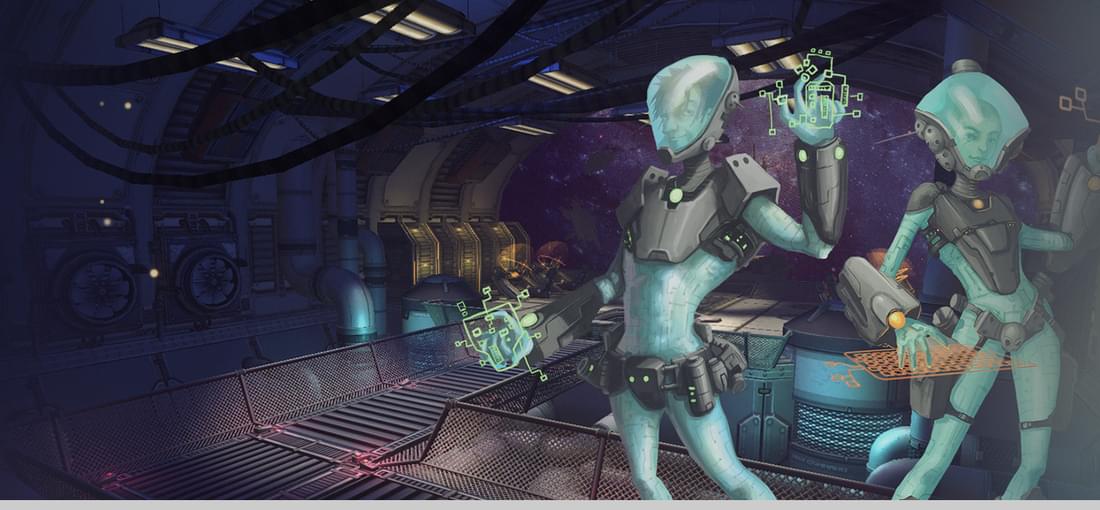
As a fan of the Legend of Grimrock games and Vaporum, I jumped on StarCrawlers as soon as it was out of development. For the first dozen hours, I really enjoyed the sci-fi take on the genre, the writing, the unravelling plot, the turn-based combat, character skills and synergies, the way different classes and character backgrounds open up unique encounter solutions, hunting for gear across a myriad of environments, and trying to understand the faction mechanics. StarCrawlers is at its best when you're exploring the lengthy story missions, full of interesting encounters, plot details, unique locations, the ability to piss off or befriend a faction, and some decisions that affect future missions. You can swiftly tackle a few of the infinite sidequests to gain some character XP or gear, before moving the plot forward again. The opening hours have a great sense of progression, with new skills and gear unlocked swiftly. Unfortunately, progression slows and combat becomes a slog about halfway through the game - around the same time you'll start to notice the repeating environments and crave more puzzles/secrets over combat. Story missions are well-balanced for their recommmended level (unlike the side missions), so you'll need to grind more and more to keep up (the final story mission, of 12, is almost at the level cap). Combat, despite being turn-based, lacks intensity. Unless you're tackling a mission well below your level, combat is a slow, low-damage affair, which requires chipping away at increasingly large health pools (which your characters also posess). Spamming and synergising skills is the optimal way to do damage but even then, later battles can take upwards of 10 minutes each. With the turn order visible to the player, I expected high-stakes combat that required target prioritisation to avoid damage but, sadly, StarCrawlers is lacking. In summary, fun for a dozen hours but the combat becomes a slog long before the end of the campaign.
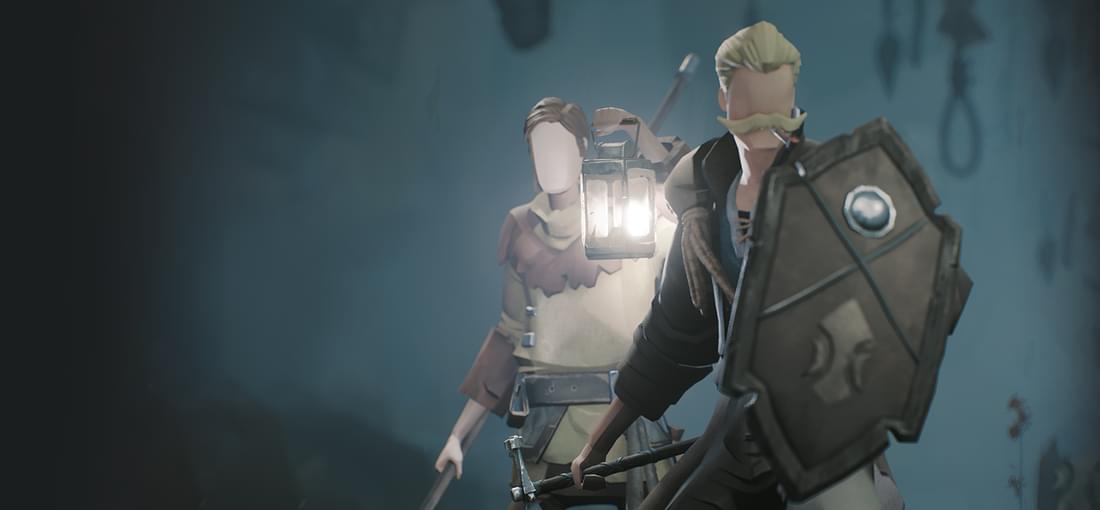
Ashen wears its inspiration on its sleeve for all to see, providing a compact ‘Souls-like experience that doesn't wallow in oppressive misery throughout. You get the pretentious story, a nameless (and faceless) player character, and wisened NPCs who talk too slowly, However, the AI companions are interesting, provide combat assistance, have their own story arc that'll guide you off the beaten path, and offer a ton of expository dialogue to fill in the lore. Completing their quests upgrades your village and they're also part of the dynamic coop system. You can disable companions completely (unwise for most boss fights), set them as AI-only (good except for one particular dungeon and the final boss), invite a friend to join you (the best option), or let randoms drop into your game if they're at a similar point in the story (wildly varying results). Combat is a melee-centric affair, with throwable spears the only ranged option, with sword-and-shield style or two-handing larger weapons the most common find. Weapon type and armour load affect your attack speeds, jumping, and maneuverability, and several socketable "Masks" are as close as you get to magic, offering up defensive and offesnive abilities like damage reduction or magic missiles. There's a simple crafting sytem for upgrading gear that, coupled with collectibles, is the only way to improve your stats. The world is a linear sequence of interconnected zones (with fast travel) but each is visually distinct and interesting to explore. The traversal mechanics allow for running, jumping, and mantling, so exploring is not a miserably imprecise experience like in the 'Souls games. This comes into play in two of the largest dungeons, Seat of the Matriarch and Palace of Lathyrus, both require careful traversal and cautious combat, but ended up memorable thanks to the unique visual style. Ashen is an impressive indie take on the 'Souls formula, though perhaps too light on content and complexity at full price.
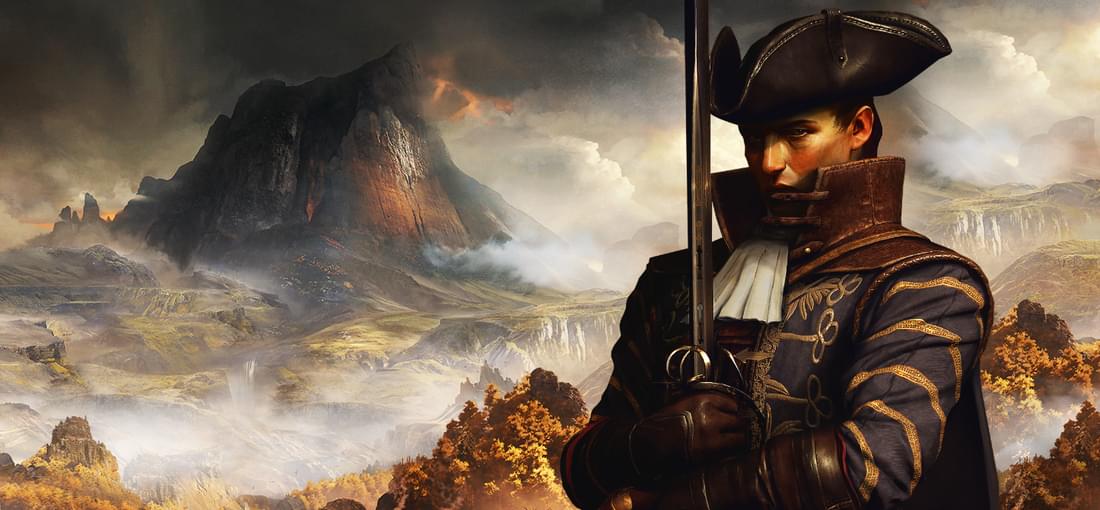
Played this at launch on console, went in expecting Spiders' usual jank, but ended up sinking a solid 50 hours over 2 weeks to 100% everything the game had to offer. Greedfall reworks the classic mid '00s BioWare/Obsidian formula, but incorporates more than a few lessons from the best in the genre since then (i.e. The Witcher). Whereas many modern, open-world RPGs have continuously expanded the size of their world, without questioning if their mechanical and narrative complexity supports it. Greedfall reigns it in, with a world that feels like a middle ground between Dragon Age: Origins and The Witcher 2. The world feels large and interconnected, with diverse environments and some great backdrops, but the action takes place in carefully crafted zones, designed around the quests hosted within them. There's good narrative pacing, plenty of player choice, and impactful repercussions to those choices. Side quests are just as compelling as they can modify major plot events, reveal more about your companions, or follow The Witcher template of going off on unexpected tangents - all of which can affect your political standings with the factions trying to colonise the magical island of Teer Fradee (a diplomacy mechanic that ties into the ending sequence). Combat and crafting is straight forward and more-action oriented like The Witcher 3 (though you'll need to use the pause-and-stack-command function on higher difficulties). All that said, it’s not perfect. Spiders are still fans of annoyingly labyrinthine interiors, bouncing you back-and-forth between NPCs during some quests, and the ending is more binary than expected (think good vs. evil with modifiers). I loved the art design and atmosphere, but it's not the most techncial impressive game if that's what you're after. However, despite those flaws, it was easily my favourite RPG of 2019 and a huge improvement on Spiders' previous games.
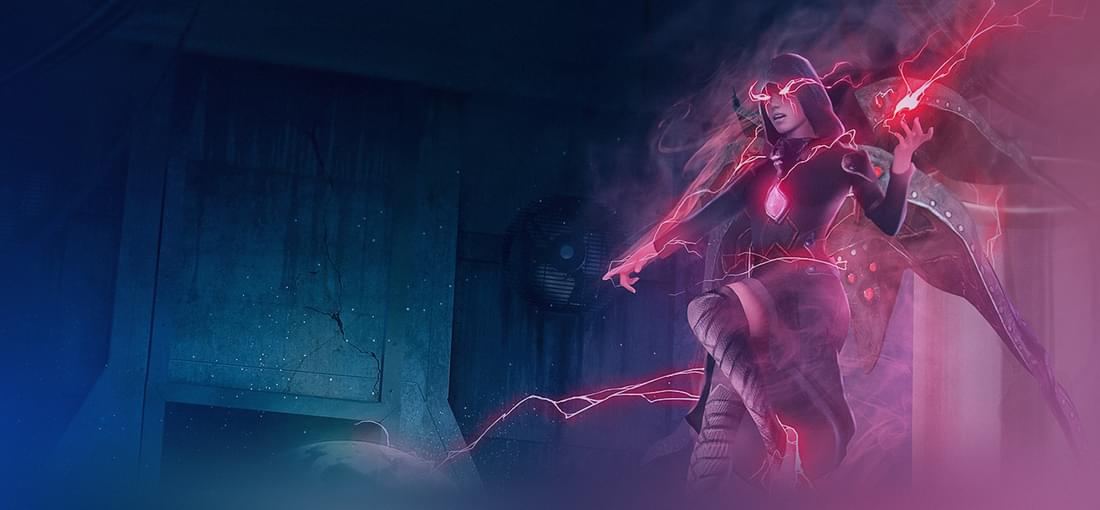
Tower of Time is an impressive effort from a small team, offering up hours of classic isometric dungeon crawling. There are a dozen visually-distinct levels; an intriuging and well-written story; plenty of lore and world-building; a diverse party with plenty of banter and player-decisions; a deep yet easy-to-understand levelling and crafting system; some light puzzling; great presentation; but also a lot of combat that just didn't gel with me. The plot has you delving into an upside down tower, looking for a source of power to save a dying world. Your party - of up to four at a time - slowly grows over the adventure, with levelling and crafting requiring you upgrade facilities on the surface, using blueprints and gold you find below. Every upgrade unlocks new skills and boosts attributes, opening up new combat options. Gear is plentiful, and a simple tier and enchanting system will keep you busy min-maxing your characters (essential on any difficulty higher than "easy"). Notes, lore books, mysterious strangers, and many other encounters convey the story, and unravelling the story behind the fall of the tower had me pushing on, even more so than the gameplay at times. A lot of the characters and backstories are common fantasy tropes but the rare voice-acted cutscenes do a great job of framing the action. Unfortunately the combat - which uses a real-time with pause/slow-mo system - becomes tiring as this is both a long game and fights require you to defeat waves of enemies (sometimes with modifiers like enemy-spawning portals). Upon initiating combat, you're dropped into arenas of differing shapes and sizes, often with chokepoints and cover, opening up a lot of tectical options when paired with your party skills. Unfortunately there's very little visual feedback, making it hard to follow. On easier modes, this just becomes samey and tedious, on harder difficulties, the length of battles and lack of feedback can lead to sudden party wipes that frustrate.